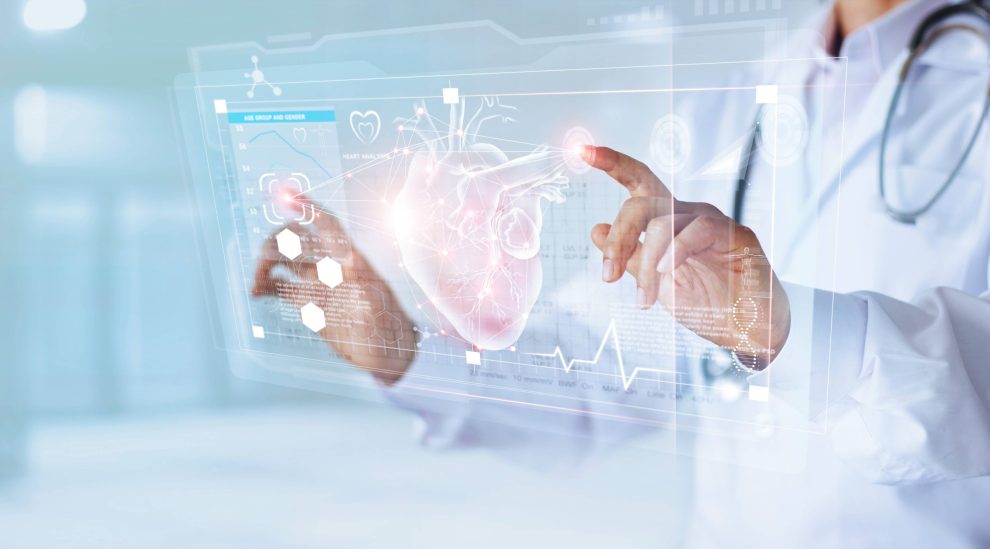Technology has changed many fields, including cardiology. Today, doctors can detect heart problems with more precision than ever. One significant advancement is in new york noninvasive cardiology. This approach helps in understanding heart issues without the need for surgery. It means fewer risks and faster recoveries. With each new tool, technology continues to shape the future of heart care.
Advancements in Diagnostic Tools
Modern cardiology relies on advanced diagnostic tools. These tools help doctors pinpoint heart issues early. Three key technologies include:
- Echocardiograms: These use sound waves to create heart images. They allow doctors to see heart structure and function clearly.
- Electrocardiograms (EKG): This tool tracks the heart’s electrical activity. It helps in identifying abnormal rhythms.
- Cardiac MRI: This imaging provides detailed pictures of heart tissues. It offers insights on heart conditions without radiation.
Each of these tools brings its own benefits. They offer clarity without invasive procedures. Many hospitals now prioritize these methods due to their accuracy and safety.
Minimally Invasive Procedures
In recent years, minimally invasive procedures have gained popularity. These procedures reduce the need for open heart surgeries. Some examples include:
- Angioplasty: A small balloon is used to open blocked heart arteries. It improves blood flow and reduces chest pain.
- Stent Placement: A small mesh tube is placed in an artery after angioplasty. It keeps the artery open.
- TAVR (Transcatheter Aortic Valve Replacement): This replaces a damaged heart valve without major surgery.
These techniques lead to faster recoveries and less hospital time. They also reduce the risk of complications. Learn more about these procedures from the National Heart, Lung, and Blood Institute.
Data Table: Traditional vs. Technological Approaches
| Aspect | Traditional Approach | Technological Approach |
|---|---|---|
| Diagnosis | Physical exams and basic tests | Advanced imaging and precise tools |
| Treatment | Open surgeries | Minimally invasive procedures |
| Recovery | Longer hospital stays | Shorter recovery time |
Remote Monitoring and Telemedicine
Technology also supports heart health outside hospitals. Remote monitoring tools track vital signs in real time. They collect data and alert doctors to any changes. This constant monitoring helps manage chronic heart conditions effectively.
Telemedicine brings cardiology care into homes. It allows virtual consultations and follow-ups. Patients can discuss concerns with their doctors without travel. This convenience can improve patient adherence to treatment plans. The Office of the National Coordinator for Health Information Technology offers more details on telemedicine advancements.
The Future of Cardiology Technology
The future holds promise with even more innovations. Artificial intelligence (AI) is one such area. AI can analyze large sets of heart data quickly. It helps doctors make informed decisions faster. Furthermore, wearable devices continue to evolve. They now provide continuous heart monitoring. This real-time data empowers both patients and doctors.
As these technologies advance, cardiology care improves. They offer hope for earlier detection and better treatment outcomes. The journey is ongoing, and the potential is vast. Together, technology and cardiology pave the way for healthier hearts.




